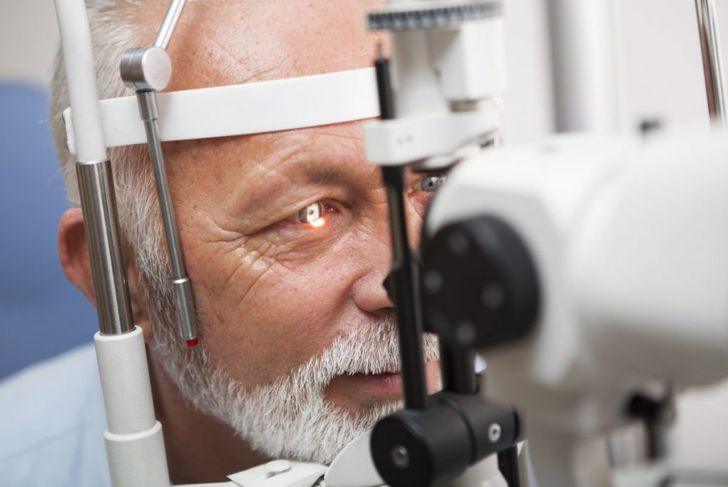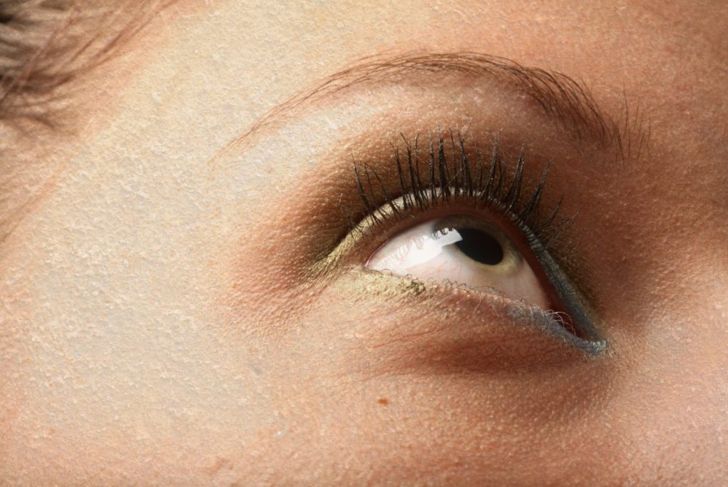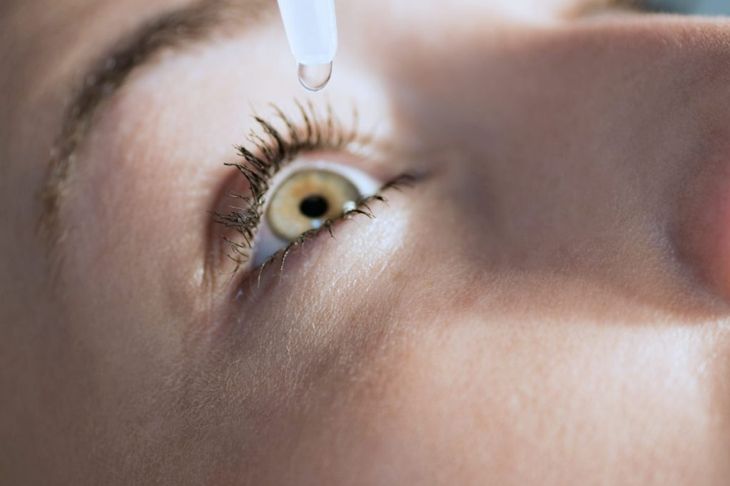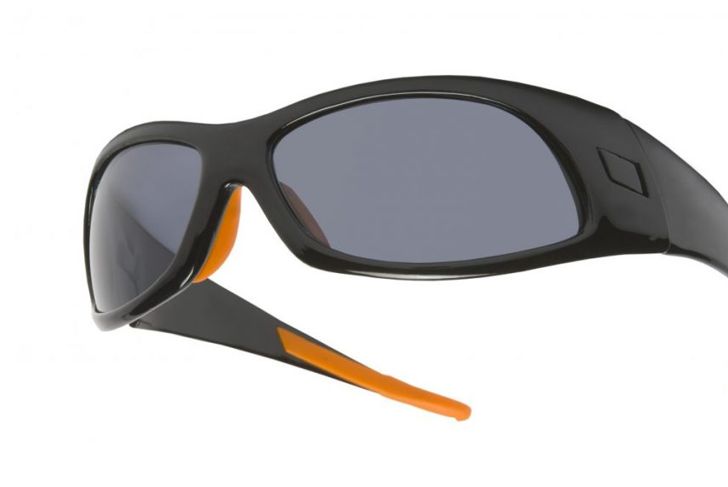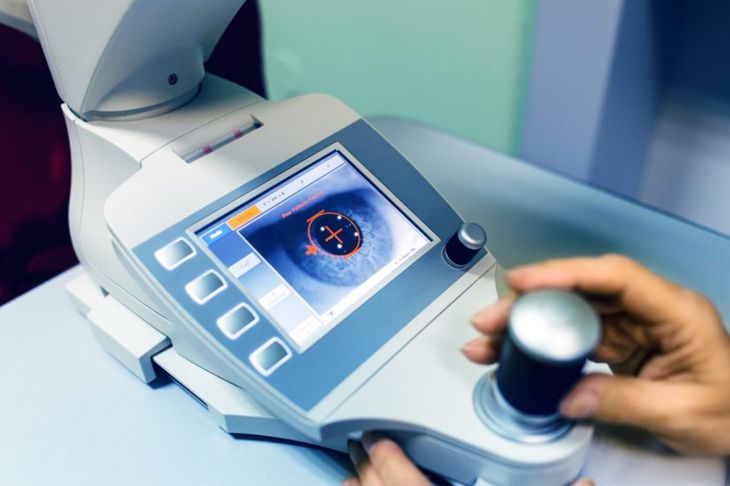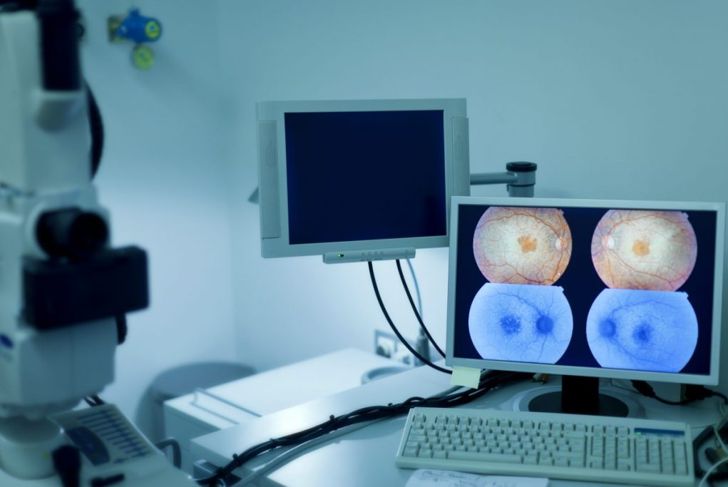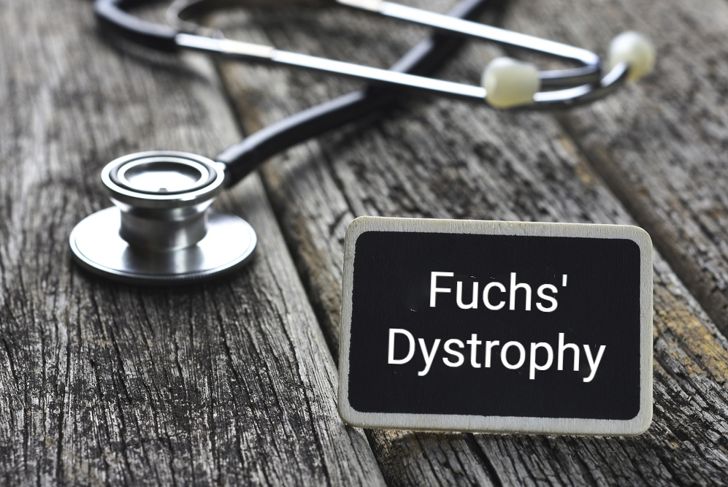Fuchs’ dystrophy or Fuch’s endothelial dystrophy is an eye disease that affects the cornea, the clear layer covering the pupil and iris that serves as a barrier against germs, dirt, and damage. Epithelial tissue in the cornea helps keep vision clear. Fuchs’ dystrophy can cause the cells in this tissue — the endothelium — begin to die. As a build-up of fluids increases because of this degeneration, the cornea swells and vision becomes cloudy.
Symptoms of Fuchs’ Dystrophy
Fuch’s dystrophy usually affects both eyes. Over time, vision worsens, though most people will not develop noticeable symptoms until they are over the age of 50. According to the National Institutes of Health, late-onset Fuchs’ dystrophy occurs in about 4% of people over 40, with earlier onset a rare occurrence. Some of the associated symptoms include:
- Increased sensitivity to light
- Glare or fuzziness from bright lights
- Seeing halos around lights
- Poor night vision
- Blurry vision
- Discomfort that may feel like sand in the eyes
- Vision that is poor in the morning, then improves later in the day
Diagnosing the Disease
An opthamologist can diagnose Fuchs’ dystrophy. The doctor will examine the thickness of the cornea and also looks for little blisters that may develop on the cornea’s front or back surfaces. These tiny lesions are what causes discomfort. The ophthalmologist may also take a specialized photograph of the cornea to determine how many cells remain in the endothelium.
Causes of Fuchs’ Dystrophy
Although the exact cause of Fuchs’ dystrophy is not known, the disease is believed to have a genetic component. American Academy of Ophthalmology findings state that if a parent has this condition, there is a 50% chance the gene will be passed on to the children. Other factors attributed to a greater risk of Fuchs’ dystrophy include:
- Smoking
- Diabetes
- Being female, as Fuchs’ dystrophy is more common in women than men
- Age; the disease begins in young adulthood but symptoms develop later in life
Stages of Fuchs’ Dystrophy
Fuchs’ dystrophy is a progressive disorder that has two distinct stages. Stage 1 is the early onset of the disease, when there are few or no problems with vision. During stage 2, vision is blurry nearly all the time. During this stage, tiny lesions form in the cornea, growing and eventually causing pain.
Treatments are Available
Although there is no cure for Fuchs’ dystrophy, corneal swelling can be controlled, which improves vision. Prescription eyedrops and ointments can limit the swelling caused by dysfunctional endothelial cells. Soft contact lenses can be worn to cover the cornea and relieve pain. In some cases of advanced Fuchs’ dystrophy, surgery can improve vision. The surgeon replaces the inner layer of the cornea with a donor’s healthy tissue. A full or partial corneal replacement is also possible.
Home Treatments to Help Symptoms
Following the ophthalmologist’s recommended treatment is important for eye health. People with Fuchs’ dystrophy can additionally help relieve discomfort and lessen annoying glare with a few lifestyle changes. Use over-the-counter saline solution eyedrops that are 5% sodium chloride to soothe the eyes. When outdoors, wear sunglasses that wrap around the front and sides of the eyes and offer high ultraviolet protection. When excess fluid is causing swelling, use a hair dryer to focus warm air across the face (not directly into the eyes) a couple of times a day.
Development of Cutting-Edge Treatments
Ongoing research for treating Fuchs’ dystrophy is optimistic, with new therapies at the forefront. One type of corneal transplant reported by the University of Iowa Health Care involves a simpler surgical technique that removes only the dying endothelial cells, with the goal of letting healthier cells nearby take their place. This procedure is Descemet’s membrane endothelial keratoplasty (DMEK).
The History of Fuchs’ Dystrophy
An ophthalmologist from Austria named Ernst Fuchs was one of the first physicians to report cases of corneal clouding back in 1910. He noted the formation of epithelial blisters, the onset of symptoms later in life, the slow progression, and other hallmark symptoms of the disease. Fuchs’ dystrophy is also often known as Fuchs’ corneal endothelial dystrophy (FCED) and Fuchs’ endothelial dystrophy (FED).
Fuchs’ Dystrophy Rarely Causes Blindness
Most people fear that a disease that affects the cornea will cause them to go blind. Because of today’s modern medical technologies, blindness as a result of Fuchs’ dystrophy is a rare occurrence. It is also important to understand that this disease does not impact on the retina or the optic nerve, both of which, if severely damaged, can cause blindness.
Fuchs’ Dystrophy and Cataracts
It is possible to have both cataracts and Fuchs’ dystrophy. Cataracts occur when the lens of the eye becomes clouded, making it difficult to see clearly. This condition is common among people age 60 and up. Surgery to remove cataracts is performed for millions of people every year. Cataract surgery on someone with Fuchs’ dystrophy can damage the weakened endothelial cells of the cornea, causing swelling and blisters and leading to the need for a corneal transplant sooner than anticipated. For this reason, both surgeries are sometimes performed simultaneously, resulting in a shorter recovery time.

 Home
Home Health
Health Diet & Nutrition
Diet & Nutrition Living Well
Living Well More
More
